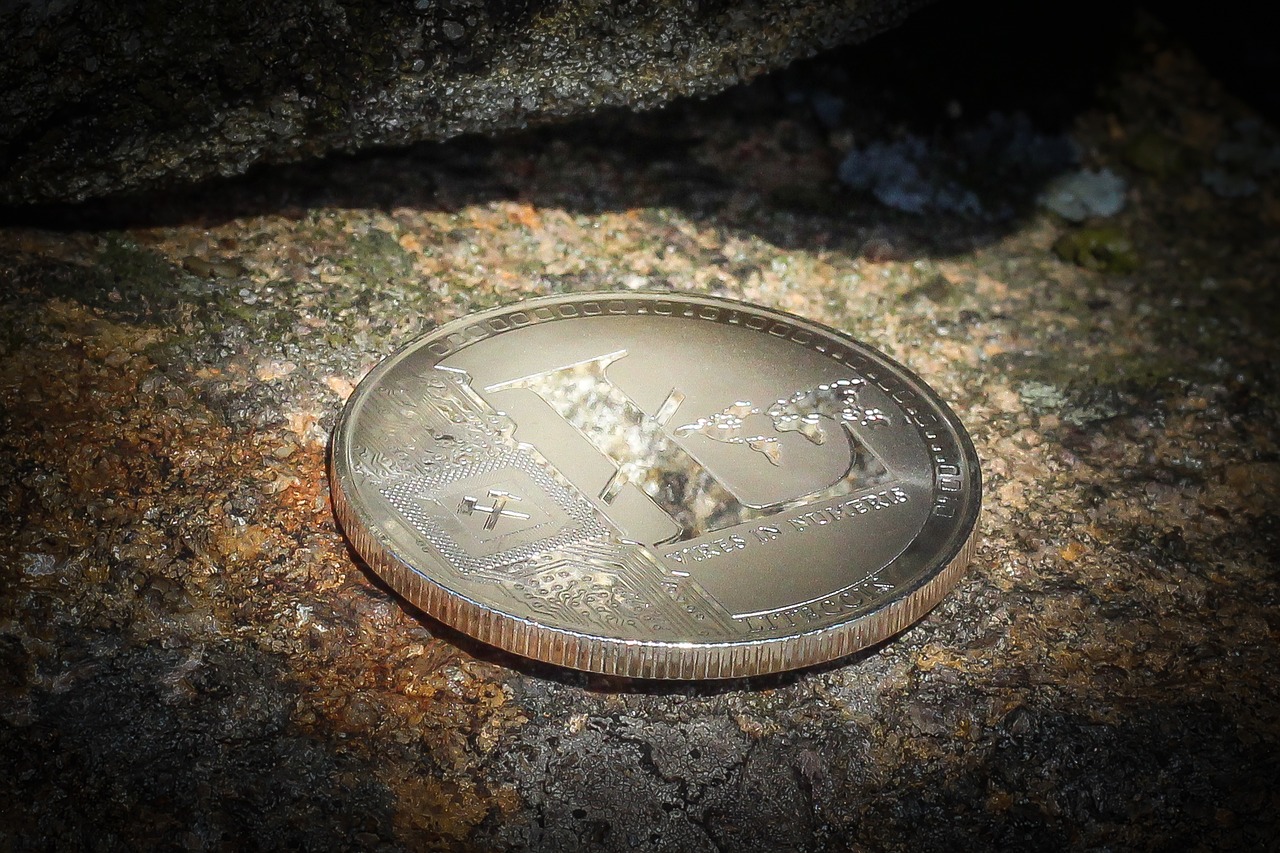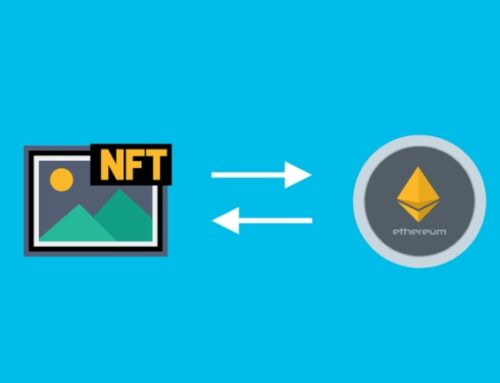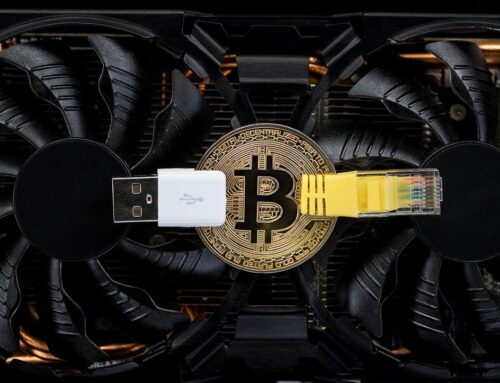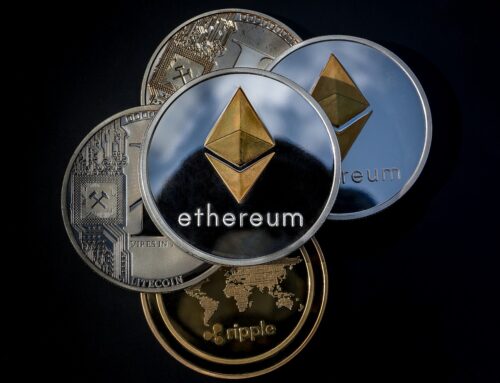Understanding Altcoins
The term ‘Altcoin’ is a combination of two words: ‘alt’ and ‘coin’ where alt means ‘alternative’ and coin means ‘cryptocurrency’. Together they imply a category of cryptocurrency, which is an alternative to the digital Bitcoin currency. After Bitcoin’s success story, many other peer-to-peer digital currencies have emerged to try to mimic that success.
Many altcoins are built based on the basic structure provided by Bitcoin. Therefore, most altcoins are peer-to-peer, require a process of mining by which users solve difficult problems in cracking blocks and provide secure and inexpensive ways of carrying out web transactions. But Altcoins, even with many overlapping features, vary widely from one another.
Popular Altcoins
With literally thousands of cryptocurrencies in existence, speculators looking for altcoins are spoiled for choice. But so much trading coalesces around the largest players and those with some of the best technical specs, such as fast transaction times.
Here are the ten largest cryptocurrencies, as of December 2021, according to CoinMarketCap.com:
1.Bitcoin
2.Ethereum
3.Tether
4.Cardano
5.Binance Coin
6.XRP
7.Solana
8.USD Coin
9.Terra
10.Avalanche
What to consider before buying Altcoins
Before diving into any Altcoin, take the time to read through what the organization behind it is trying to accomplish. Ask yourself:
• Does the altcoin seem like a plausible way to improve upon bitcoin?
• If it’s a token, does it have real-world application?
• If it’s a stablecoin, how are you going to use it?
• If it’s a fork, why was it created and do you agree with that decision?
Be warned that this is a nascent market where shakeout is inevitable. Some of these projects will fail — there’s already a crowded graveyard of dead altcoins — and some will succeed.
That’s why financial pros often put altcoins firmly in the “alternative investments” column: something you might dabble in if you’ve already got a healthy, diversified investment portfolio.







Leave A Comment